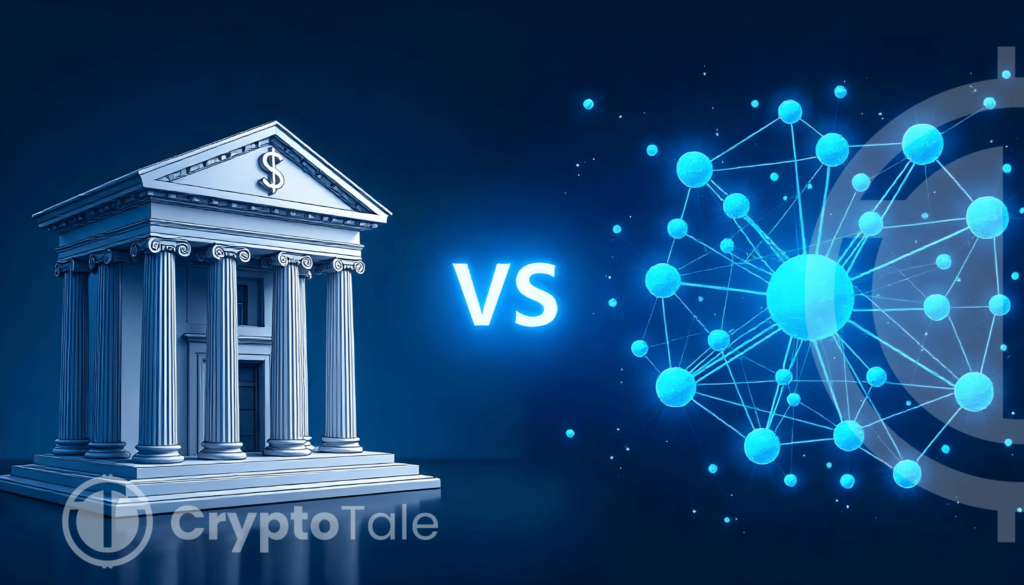
Differences Between DeFi and CeFi: A Comprehensive Guide
The cryptocurrency market has seen a significant surge in the last few years, with decentralized finance (DeFi) and centralized finance (CeFi) being two of the most prominent developments. While both platforms have unique features and benefits, there are substantial differences between them that users should be aware of.
In this comprehensive guide, we’ll delve into the distinctions between DeFi and CeFi, exploring their security measures, scalability, regulatory compliance, execution order malleability, cross-chain services, and regulations. By the end of this article, you’ll have a clear understanding of the pros and cons of each platform.
1. Security
DeFi platforms prioritize decentralization and transparency, which is reflected in their security mechanisms. Transactions are recorded on the public blockchain, making it difficult for hackers to manipulate transactions. Additionally, DeFi users have full control over their assets and can verify all transaction details. On the other hand, CeFi platforms act as custodians who manage user wallets and provide a more streamlined experience.
However, this convenience comes at the risk of losing funds in case the platform is hacked. 2. Scalability
Scalability has been one of the primary concerns in the cryptocurrency space for years. DeFi platforms have to rely on blockchain scalability solutions like sharding, off-chain transactions, or layer two scaling. These solutions are still in their infancy and may not provide the level of speed required by large-scale financial institutions.
CeFi platforms, on the other hand, can scale their infrastructure to meet growing demands much easier than DeFi. They use traditional databases, cloud services, and more robust infrastructure for this reason.
3. Regulatory Compliance
DeFi does not have any regulatory compliance due to its decentralized nature. Users are responsible for following anti-money laundering (AML) and know-your-customer (KYC) regulations themselves. CeFi platforms, on the other hand, follow these regulations as they are required to do so by the relevant authorities.
4. Execution Order Malleability
In DeFi, transactions are recorded on the public blockchain, making it difficult for any party to manipulate transaction orders. This is a major advantage of decentralized finance over its centralized counterpart. In CeFi, there is more room for manipulation due to their centralized nature.
5. Cross Chain Services
Source: cryptotale.org


